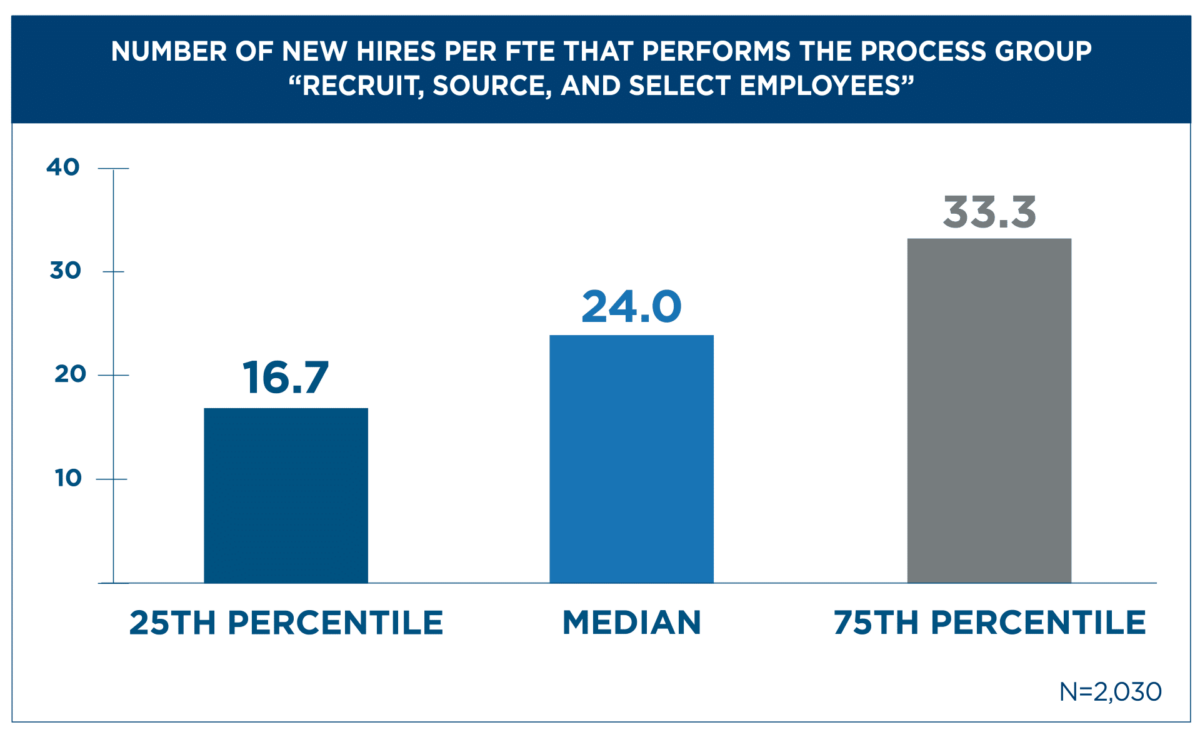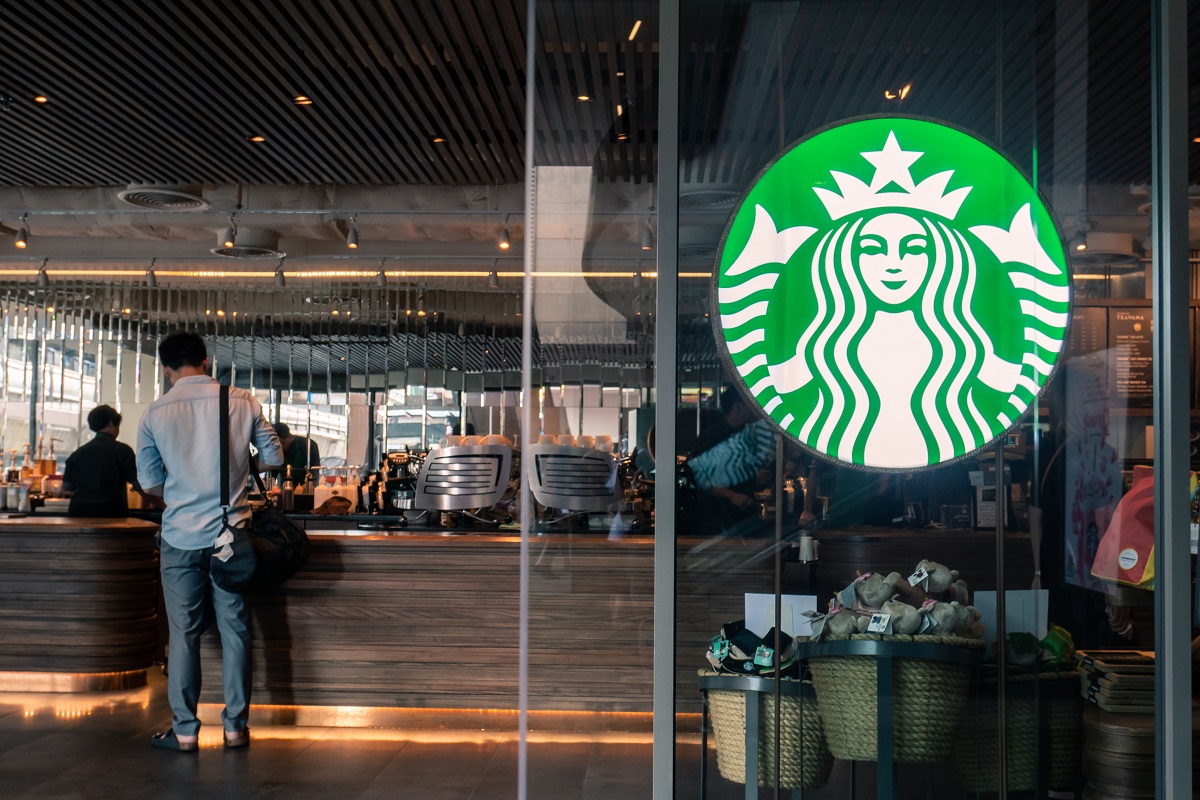In today’s job market, recruiters face a unique paradox. Despite a seemingly favorable unemployment rate of 4.1%, as reported by the U.S. Bureau of Labor Statistics, connecting with the right candidates remains a significant challenge.
Logan Marsh, head of talent acquisition at the communication and scheduling platform Calendly, says that while there’s a “flood” of great talent available, HR leaders are struggling to cut through the noise and improve candidate experience and recruiter efficiency. This situation underscores a critical aspect of modern hiring: It’s not just about finding the right people—it’s about engaging them effectively until they officially onboard.
A December 2023 report from Indeed surveyed 4,516 job seekers who admit they’ve
ghosted employers during the hiring process. Many of them responded that this was fair behavior in return for being ignored themselves, with 35% of U.S. job seekers saying that employers did not acknowledge their applications. And it gets worse, according to the Indeed data—40% of candidates said they were ghosted after a second- or even third-round interview.
While HR teams can’t hire everyone who applies or interviews, they can maintain communication. In Marsh’s view, keeping candidates engaged while managing realistic expectations is a balancing act. Job seekers are looking for efficiency, transparency and consistency throughout their application journey.
Honest and open communication sets candidates up for success in the interview process, writes Jason Kudrikow, senior talent strategy advisor at Indeed, in the report. “Candidates want to feel like you have their back and they can trust you, so be forthcoming from day one.”
This engagement is not just a nice-to-have—it’s crucial for maintaining candidate interest and ensuring a positive experience, which can be a decisive factor in securing top talent in a competitive market, says Marsh.
The growing need for recruitment automation is clear, but Marsh emphasizes that it must be implemented to enhance the candidate experience. Self-service options give candidates a sense of control over the process.
Marsh says this autonomy is increasingly important in today’s recruitment landscape because candidates value transparency and regular updates.
Recruiters on automation and candidate experience
However, some recruiting teams might tend to hold automation at arm’s length. In December 2023, over half of 400 surveyed people working in HR or hiring told CareerBuilder that they had concerns that AI-powered recruiting tools would lack human connection and judgment. Contrary to initial concerns, technology doesn’t necessarily inhibit personal connections in the recruitment process, according to Marsh.
In fact, he argues that the opposite can be true. Regular, automated updates help maintain candidate interest and trust, which are vital for successful recruitment outcomes. Moreover, the integration of technology—such as note-taking software during interviews—can enhance the connection between recruiters and candidates, leading to more effective hiring decisions, says Marsh.
Credera saved 20 hours per week
While improving the candidate experience is crucial, automated communication tools also significantly benefit recruiters. When the global consulting firm Credera implemented Calendly, its U.S. campus recruiting team increased efficiency, especially during seasonal hiring periods.
The result was 20 hours saved per week. This newfound time allows recruiters to focus on building meaningful connections with students for intern and entry-level consultant roles, briefing consultants on hiring committees and leading year-round mentorship sessions, according to the Credera team.
Muck Rack achieved a 32% ROI
Scalability in recruitment is another key advantage of automation when a high volume of applications rolls in. “Our team is small and lean on the recruiting side,” says Erica Raphael, vice president of people at Muck Rack, a public relations management software platform. “We only have three recruiters.”
Her team leveraged Calendly’s integration with Greenhouse applicant tracking software. This integration automates the progression of candidates through various recruitment stages, reducing their time to hire by eight days and delivering a 32% ROI.
This also saved the Muck Rack hiring crew more than 400 hours, freeing up valuable time for recruiters to connect more deeply with potential hires. This is critical, as Marsh cautions against losing the human element in recruitment—the goal is to use technology to enhance, not replace, personal interactions.
By automating routine tasks and communications, Marsh says, recruiters can allocate more time and energy to meaningful conversations and relationship-building with candidates. For instance, automated updates can keep candidates informed about their application status, but personal follow-ups for key milestones or decision points can make candidates feel valued and engaged, he adds.
Credit: Source link











